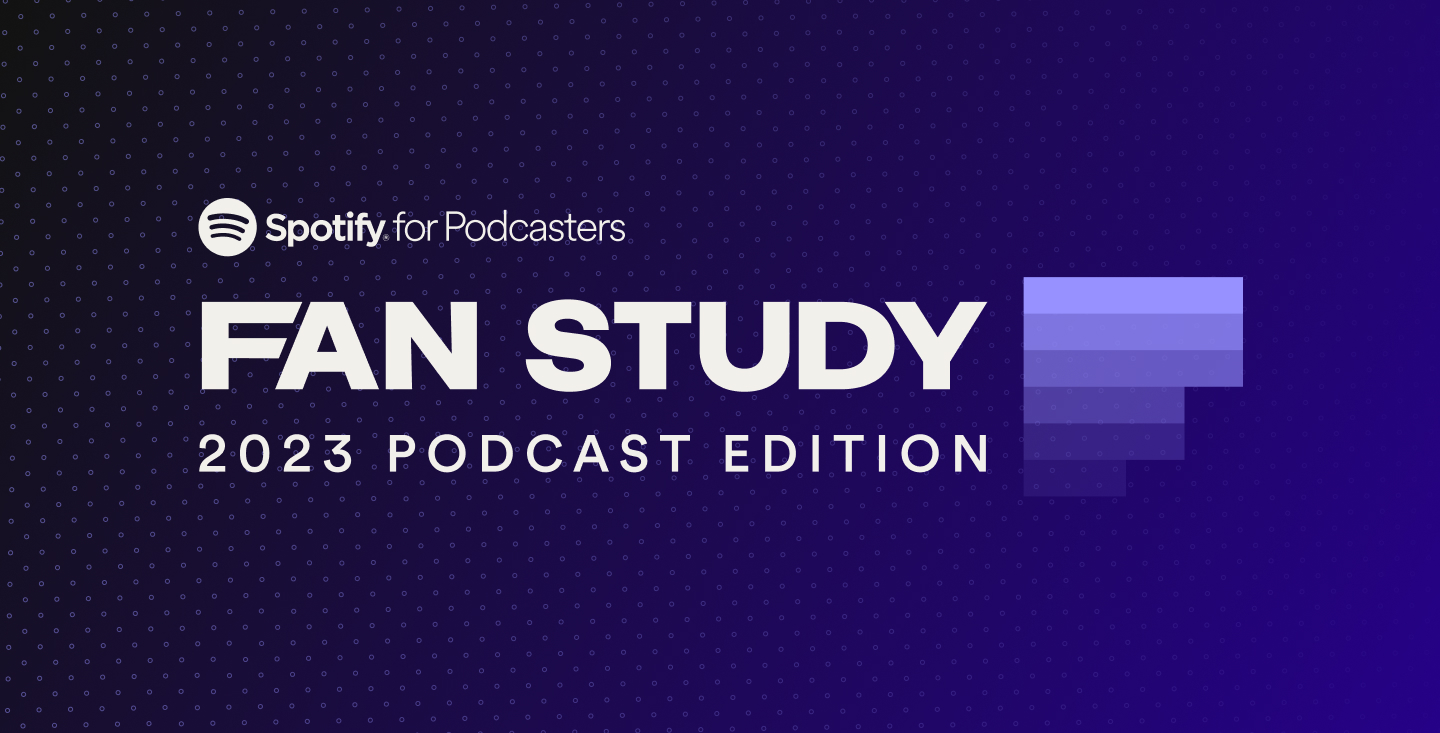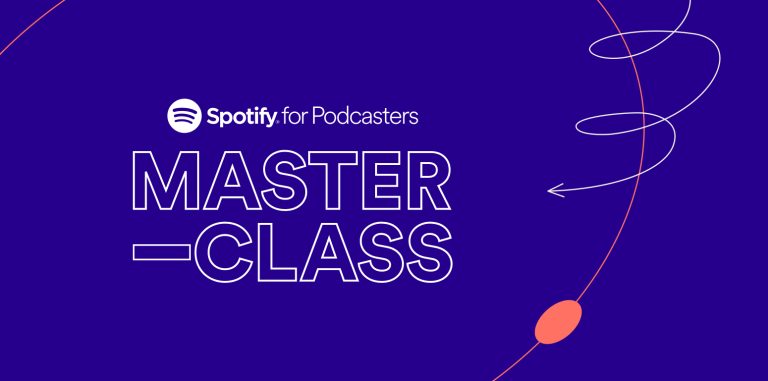
Podcasters Can Better Connect to Their Audiences With the Insights From Our Latest Fan Study
We know that podcasters of all sizes want to share their stories with the world, and we’re committed to providing them with the best tools and platform to do so. But creating and sustaining a podcast requires a lot of decisions, and it’s often helpful to leverage the experiences and wisdom of others when embarking on a new creative journey.
That’s why we are releasing our second Fan Study for podcasters, a collection of data-driven insights about creation trends and fan listening behaviors. Fan Study offers creators a snapshot of listener behaviors through a macro lens so they can get big-picture, industry-level insights that weren’t previously accessible. Alongside each insight, we provide actionable recommendations so podcasters can leverage this information into action—from which month is most popular for listeners to how fans crave interactivity.
“Our Fan Study gives creators insights that they can immediately put into action, says Spotify associate director of brand marketing for podcasting Clara Prieto. “Regardless of what stage a podcaster is in, we know they all want to grow their shows and foster a dedicated and engaged community. With access to more data and global listening and creation trends, podcasters can reach wider audiences, build meaningful connections with fans, and maximize their presence on Spotify.”
Jon Youshaei, host of Created with Jon Youshaei, got early access to our Fan Study and found the insights “super helpful. Especially the insights and takeaways section,” he said. “It’s great to know ideal posting times and trending genres to best engage with our audience. To achieve global growth, it’s crucial to understand listening behaviors around the world. The data helps us make changes to our podcast with these listening patterns in mind.”
To create Fan Study, Spotify for Podcasters partnered with Spotify data scientists to identify the top insights. Here are some of our findings, as well as Jon’s own tips for burgeoning creators based on his favorite results.
Being Seen
- Video podcasts are growing in popularity across the spectrum, but some categories have more viewership than others. When it comes to consumption of video podcasts, comedy emerges as the top category.
- From 1 a.m. to 5 p.m., audiences are more likely to listen to the audio-only experience of video podcasts. When evening rolls around (6 p.m. to midnight), fans tend to watch video podcasts since they’re winding down and primed for “leaned-in” viewing.
Jon’s rec: “The evenings are your golden hours! Schedule out your social posts and CTAs in the evening to get your audiences watching.”
Being Heard
- Audiences listen to podcasts more often during the weekdays, with 78% of consumption taking place Monday through Friday and 22% on Saturdays and Sundays. Commutes are prime time for podcasts during the week, with listenership spiking at 8 a.m. and 5 p.m. On Saturdays and Sundays, podcast consumption spikes between 11 a.m. and noon, with smaller upticks in the evening.
- When breaking down audience insights into podcast categories, we see that audiences’ daily listening behaviors vary. Podcasts falling under the religion & spirituality, arts, history, health & fitness, science, and fiction genres have higher listenership during mornings and late nights, while leisure (games & hobbies) and kids & family see a spike during the evenings.
- In 2022, people were more likely to start listening to new shows during January, March, July, and October.
Jon’s rec: “Plan your content accordingly! Make sure to sync your best content, and your content pushes, with the four top months.”
Being Connected
- Fans crave interaction. 73% of listeners said they are interested in finding more opportunities to interact with their favorite podcast hosts.
- On average, listeners who answer a host’s question using our Q&A feature consume 2.35x more hours of the show per month than those who do not. Converting new listeners to loyal fans may require new engagement strategies.
- The number-one way people find new podcasts is by hearing about them on a show they already listen to (54%). This is closely followed by recommendations from friends and family (53%) and browsing Spotify (50%). Discovery patterns vary depending on demographics. Gen Z is more likely to use social media in their search—1.5x more likely compared to Gen X or Baby Boomers, who are more likely to turn to articles, blogs, and newsletters.
Jon’s rec: “Add and customize questions for your episodes! I know it sounds simple, but users who engage with those questions on average stick around for twice as long.”
Find the complete Fan Study insights on Spotify for Podcasters.










